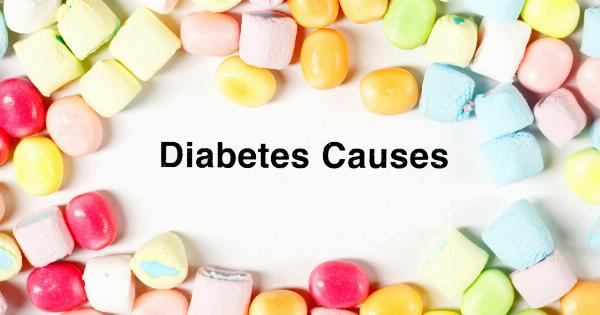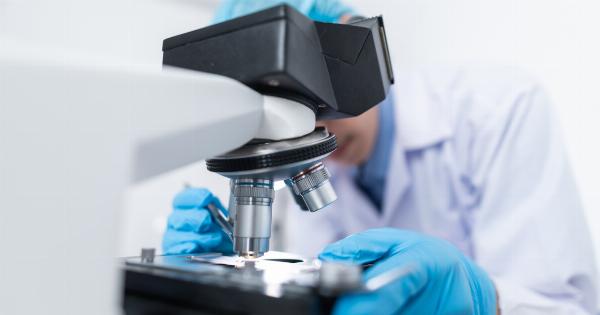Fatty liver disease, also known as hepatic steatosis, is becoming an increasingly prevalent health concern among women worldwide.
This silent epidemic is characterized by the accumulation of fat in the liver cells, which can lead to inflammation and liver damage if not addressed in its early stages. In this article, we will explore the causes, symptoms, diagnosis, and management of fatty liver disease in women.
Causes of Fatty Liver Disease
1. Obesity: Excess body weight, especially abdominal obesity, is a significant risk factor for developing fatty liver disease. Women with a body mass index (BMI) above 30 are particularly vulnerable.
2. Insulin Resistance: Insulin resistance, commonly associated with conditions like type 2 diabetes and metabolic syndrome, can contribute to the development of fatty liver disease.
3. High Cholesterol and Triglyceride Levels: Elevated levels of cholesterol and triglycerides in the blood can also increase the risk of fatty liver disease in women.
4. Rapid Weight Loss: Crash diets or sudden, significant weight loss can lead to the accumulation of fat in the liver.
5. Poor Diet: Consuming a diet high in refined carbohydrates, sugary drinks, and saturated fats can contribute to the development of fatty liver disease.
6. Sedentary Lifestyle: Lack of physical activity and a sedentary lifestyle can increase the likelihood of developing fatty liver disease, especially in women.
Symptoms of Fatty Liver Disease
Fatty liver disease is often considered a silent disease because it may not cause noticeable symptoms in its early stages. However, as the condition progresses, some individuals may experience the following symptoms:.
1. Fatigue: Feeling constantly tired or lacking energy can be a symptom of fatty liver disease.
2. Abdominal Discomfort: Some women may experience a dull or aching pain in the upper right side of the abdomen.
3. Weight Loss: Unintentional weight loss may occur in some individuals as fatty liver disease progresses.
4. Jaundice: In more advanced stages, yellowing of the skin and eyes (jaundice) may be observed.
Diagnosis of Fatty Liver Disease
Fatty liver disease is typically diagnosed through a combination of medical history assessment, physical examination, and diagnostic tests. The following diagnostic tools are commonly used:.
1. Blood Tests: Blood tests can reveal elevated liver enzymes, indicating potential liver damage or inflammation.
2. Imaging Tests: Ultrasound, CT scan, or MRI of the liver can provide detailed images and help visualize the presence of fat accumulation.
3. Liver Biopsy: In certain cases, a small sample of liver tissue may be extracted for examination under a microscope to confirm the diagnosis and assess the severity of the disease.
Management and Treatment
1. Lifestyle Modifications: Making sustainable changes in diet and physical activity can help reduce the progression of fatty liver disease.
A diet rich in fruits, vegetables, whole grains, and lean proteins along with regular exercise can aid in weight loss and improved liver health.
2. Weight Loss: Shedding excess weight, especially abdominal fat, can significantly reduce the fat accumulation in the liver. Gradual weight loss under medical supervision is recommended.
3. Medications: In cases of non-alcoholic fatty liver disease (NAFLD), certain medications may be prescribed to manage associated conditions like diabetes, high cholesterol, or metabolic syndrome.
4. Regular Monitoring: Routine follow-up appointments with a healthcare provider are essential to monitor the progression of fatty liver disease and evaluate the effectiveness of the treatment plan.
Prevention of Fatty Liver Disease
Preventing fatty liver disease is crucial for overall liver health. Here are some preventive measures that women can adopt:.
1. Maintain a Healthy Weight: Regular exercise and a balanced diet can help prevent the accumulation of excess fat in the liver.
2. Limit Alcohol Consumption: Excessive alcohol consumption can lead to fatty liver disease. It is advisable to follow recommended guidelines for alcohol intake or consider abstaining altogether.
3. Avoid Unhealthy Diets: A diet high in processed foods, sugary beverages, and saturated fats can contribute to the development of fatty liver disease. Opt for a nutritious and balanced diet instead.
4. Manage Medical Conditions: Proper management of underlying conditions like diabetes, high cholesterol, and metabolic syndrome can lower the risk of fatty liver disease.
Conclusion
Fatty liver disease is a silent epidemic affecting a significant number of women worldwide. Understanding the causes, symptoms, diagnosis, and management of this condition is crucial for early intervention and prevention of complications.
Making lifestyle modifications, maintaining a healthy weight, and seeking regular medical care can go a long way in reducing the impact of fatty liver disease on women’s health.

























